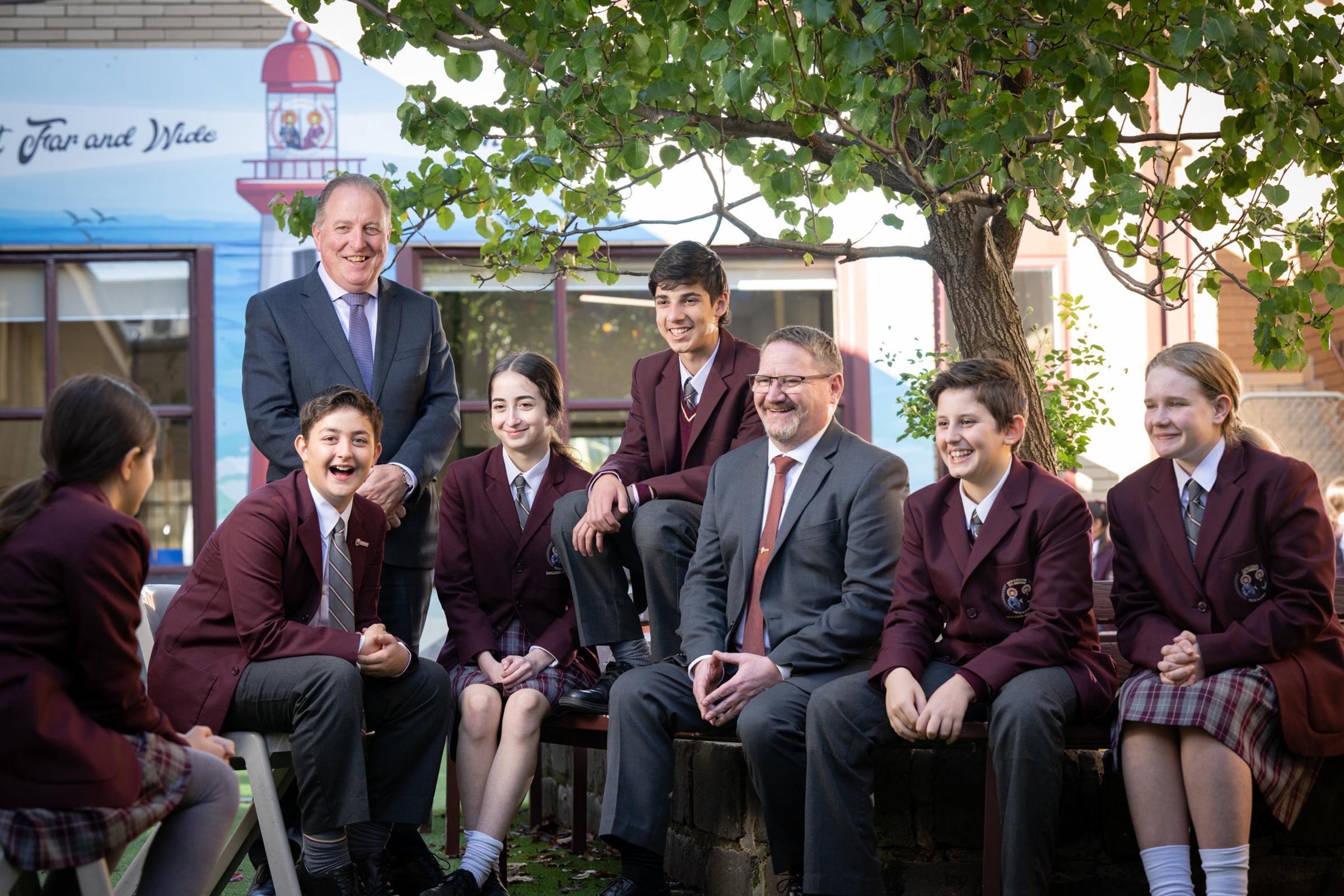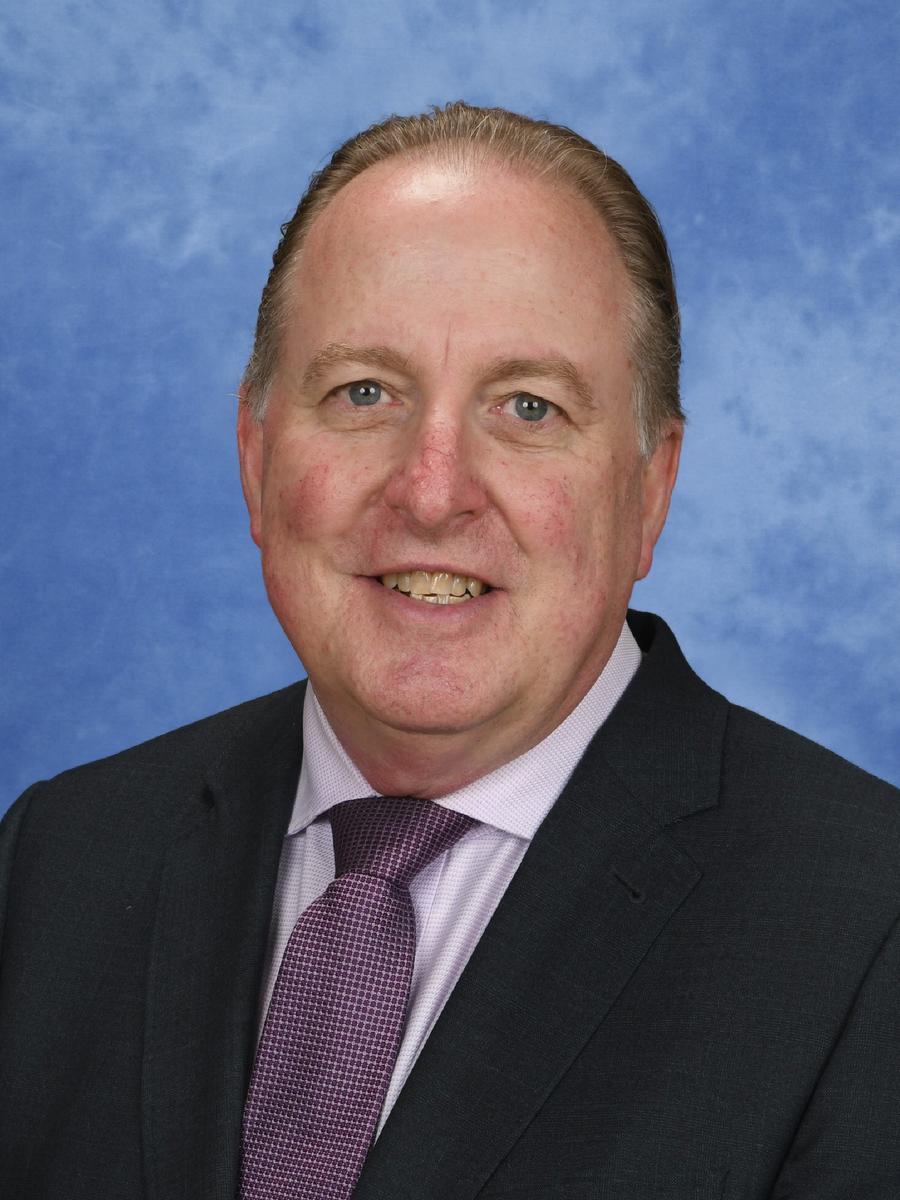Deputy Principal's Report

Child Safety – Everyone’s Responsibility
As part of our duty of care we all have an obligation to do the best we can to keep children safe from harm and abuse. All Victorian organisations that provide services or facilities for children, including schools, are required by law to implement mandatory minimum Child Safe Standards to protect children from harm.
The most recent set of Child Safe Standards was introduced in July 2022. These updated Standards aim to keep every child safe and prevent child abuse, and require schools to take steps to prevent child abuse, ensure effective processes are in place to respond to and report all allegations of child abuse and build a culture of child safety. Schools cannot assume that child abuse does not happen within their school community.
The Child Safe Standards seek to work by embedding child safety in everyday thinking and practice, providing a minimum standard of child safety across all organisations and highlighting that we all have a role to keep children safe from abuse. Each standard,
is expressed as a statement of an expected outcome that the school must achieve and it includes a list of minimum requirements that the school must meet and is supported by a list of compliance indicators.
The School has developed a comprehensive action plan that is regularly reviewed and updated to ensure that we are not simply meeting our compliance obligations but proactively taking steps to provide a safe environment for our students. I believe that as a School we are in a strong position across all of the standards.
The eleven standards include:
- Child Safe Standard 1 – Organisations establish a culturally safe environment in which the diverse and unique identities and experiences of Aboriginal children and young people are respected and valued.
- Child Safe Standard 2 – Child safety and wellbeing is embedded in organisational leadership, governance and culture.
- Child Safe Standard 3 – Children and young people are empowered about their rights, participate in decisions affecting them and are taken seriously.
- Child Safe Standard 4 – Families and communities are informed, and involved in promoting child safety and wellbeing.
- Child Safe Standard 5 – Equity is upheld and diverse needs respected in policy and practice.
- Child Safe Standard 6 – People working with children and young people are suitable and supported to reflect child safety and wellbeing values in practice.
- Child Safe Standard 7 – Processes for complaints and concerns are child focused.
- Child Safe Standard 8 – Staff and volunteers are equipped with the knowledge, skills and awareness to keep children and young people safe through ongoing education and training.
- Child Safe Standard 9 – Physical and online environments promote safety and wellbeing while minimising the opportunity for children and young people to be harmed.
- Child Safe Standard 10 – Implementation of the Child Safe Standards is regularly reviewed and improved.
- Child Safe Standard 11 – Policies and procedures document how the organisation is safe for children and young people.
Part of our responsibilities to Child Safety is informing our community of these Child Safe Standards and our Child Safety and Wellbeing Policy and to stress our unwavering commitment to ensure that in all that we do the protection of our student’s safety and wellbeing is of paramount importance.
It is also essential that we ensure our students, in age appropriate ways, are regularly reminded about the avenues that are available to them should they ever feel unsafe or uncomfortable about a situation they find themselves in, or someone else they may know.
The school diary also has some key points on Page 12 and a Child Friendly Child Safety and Wellbeing Policy has also been published and shared.
As a school we believe strongly in seeking our students’ participation in this important area as when children have opportunities to participate and feel their contributions are valued, they are more likely to speak up when harmed or feeling unsafe. Student feedback is gained through independent conversations, discussions in leadership meetings and through responses to specific questions in student surveys.
For further information, Oakleigh Grammar’s Child Safety and Wellbeing Policy and the Child Friendly Safety and Wellbeing Policy are located on the website. They are reviewed annually. If you have any questions about our school’s responses, or have identified a potential concern, please do not hesitate to contact me.
Peter Dickinson
Deputy Principal - Student Wellbeing and Operations

